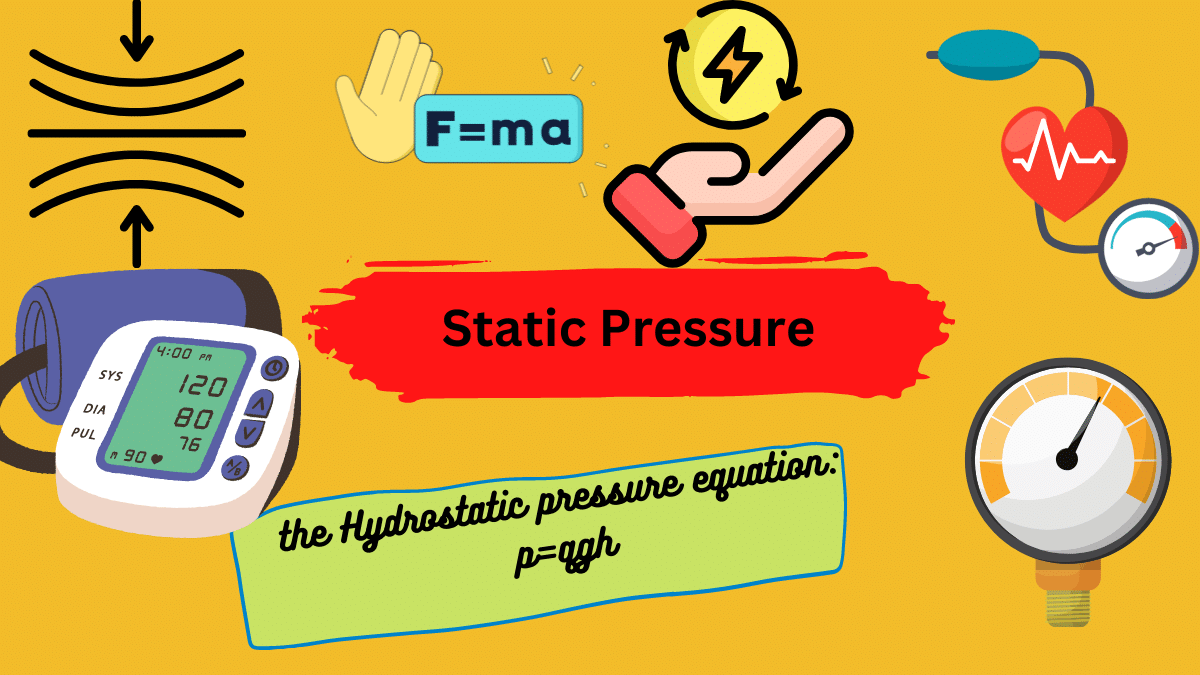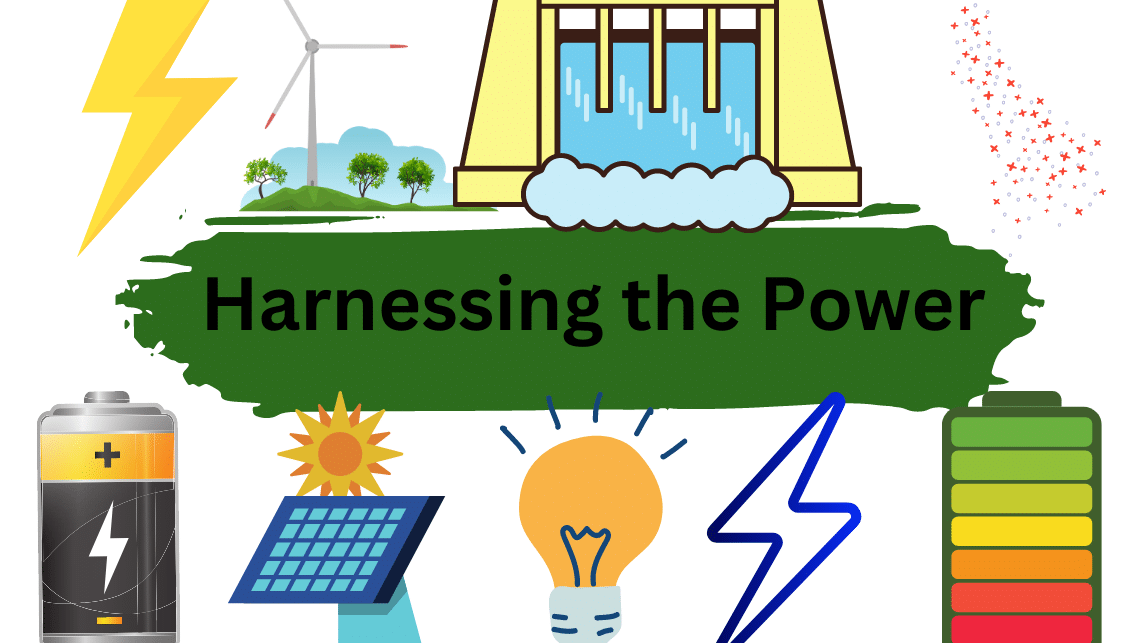Gauge pressure, also known as overpressure, is the pressure in a system that is greater than atmospheric pressure. Since gauge pressure is zero-referenced against ambient air (or atmospheric) pressure, gauge pressure readings include atmospheric pressure. A reading of absolute pressure equals atmospheric (ambient) pressure plus gauge pressure. That means, gauge pressure equals absolute pressure less atmospheric (ambient) pressure. When the absolute pressure exceeds the atmospheric pressure, the condition is known as “positive gauge pressure; when the absolute pressure is less than the atmospheric pressure, it is known as negative gauge pressure.

The Earth’s atmosphere has mass and exerts pressure, which is called atmospheric pressure. Atmospheric pressure, also known as barometric pressure or ambient pressure, is subject to weather-dependent fluctuations. Natural phenomena such as cyclones and anticyclones can cause atmospheric pressure to vary by up to 5%.
The most frequently used pressure units in the United States are pounds per square inch (psi), bar, and millibar (mbar). The pascal (abbreviated as Pa) is the international standard unit for pressure: N/m2, or newton per square meter. 1 bar equals 100,000 psi. Additionally, pressure can be expressed as an atmosphere (atm), an inch of mercury (in. Hg), a millimeter of mercury (mm Hg), or a torr (about 133.3 Pa). The unit used is determined by the pressure instrument, the industry, and the preferences and measurement standards of a particular country.
Table of Contents
Daily Life Examples of Gauge Pressure
- Checking tire pressure: One common use of gauge pressure is to measure the pressure in car or bicycle tires. A tire pressure gauge measures the pressure inside the tire relative to atmospheric pressure, so that the user can ensure that the tires are inflated to the appropriate level.
- Monitoring fluid levels: Gauge pressure is also used to monitor the pressure of fluids in closed systems, such as pipelines, tanks, or hydraulic systems. This information can be used to ensure that the system is functioning properly and to detect any leaks or other problems.
- Barometric pressure: Atmospheric pressure, which is the reference point for gauge pressure, can also be used to track changes in weather patterns. Changes in atmospheric pressure, also known as barometric pressure, can indicate shifts in weather patterns, such as approaching storms or changes in temperature.
- Blood pressure: In medical settings, gauge pressure is used to measure blood pressure. Blood pressure is typically measured as the difference between the pressure of blood in arteries and the atmospheric pressure outside the body. This information is used to diagnose and monitor a wide range of health conditions.
Formula and Unit of Gauge Pressure
- The formula for gauge pressure is:
gauge pressure = absolute pressure – atmospheric pressure. - “Absolute pressure” refers to the total pressure being measured, including both atmospheric pressure and any additional pressure from the fluid or gas being measured.
- “Atmospheric pressure” is the pressure exerted by the air around us, typically around 101.3 kPa or 14.7 psi at sea level.
- The units of gauge pressure can vary depending on the specific application, but they are typically expressed in units of pressure, such as pounds per square inch (psi), pascals (Pa), or bar.
- Absolute pressure is often measured in units such as pounds per square inch absolute (psia) or kilopascals (kPa), while atmospheric pressure is typically measured in units of pressure relative to a standard atmosphere (atm) or in units of pressure relative to a vacuum, such as torr or millimeters of mercury (mmHg).
- For example, if a pressure gauge reads 50 psi and the atmospheric pressure is 14.7 psi, the gauge pressure can be calculated as: gauge pressure = absolute pressure – atmospheric pressure = (50 psi) – (14.7 psi) = 35.3 psi.
- Gauge pressure can be expressed in various units, depending on the application.
Solved Problems
- A tire gauge reads 40 psi when the atmospheric pressure is 14.7 psi. What is the gauge pressure in psi?
Solution: The gauge pressure can be calculated using the formula:
gauge pressure = absolute pressure – atmospheric pressure.
In this case, the absolute pressure is the sum of the gauge pressure and atmospheric pressure.
So:
absolute pressure = gauge pressure + atmospheric pressure
gauge pressure = absolute pressure – atmospheric pressure
Substituting in the values given:
absolute pressure = 40 psi + 14.7 psi = 54.7 psi
gauge pressure = 54.7 psi – 14.7 psi = 40 psi
Therefore, the gauge pressure is 40 psi.
- A hydraulic press is exerting a force of 20,000 N on a piston with an area of 0.05 m^2. What is the gauge pressure in Pa?
Solution: The gauge pressure can be calculated using the formula:
gauge pressure = force/area.
However, this formula gives the absolute pressure, so we need to subtract the atmospheric pressure to get the gauge pressure.
Assuming the atmospheric pressure is 101.3 kPa:
gauge pressure = (force/area) – atmospheric pressure gauge pressure = (20,000 N)/(0.05 m^2) – 101.3 kPa
Converting units:
gauge pressure = (20,000 N)/(0.05 m^2) – 101,300 Pa gauge pressure = 3,900,000 Pa – 101,300 Pa
Therefore, the gauge pressure is 3,798,700 Pa.
Summary
- Gauge pressure is the pressure in a system that is greater than atmospheric pressure.
- Gauge pressure is thus zero when the pressure is the same as atmospheric pressure.
- It is possible to have negative gauge pressure.
- Gauge pressure is indicated by pg and is related to absolute pressure as follows: pg = p – pa, where pa is the local atmospheric pressure.
- Absolute pressure is measured relative to absolute zero on the pressure scale, which is a perfect vacuum. (Absolute pressure can never be negative.) Absolute pressure is indicated by p, and is identical to the familiar thermodynamic pressure.
Multiple Choice Questions
- What is gauge pressure?
A. Pressure relative to atmospheric pressure
B. Absolute pressure
C. Negative pressure
D. Pressure exerted by a gas
Answer: A
- A tire has a gauge pressure of 30 psi. What is the absolute pressure of the tire if the atmospheric pressure is 14.7 psi?
A. 14.7 psi
B. 30 psi
C. 44.7 psi
D. 15.3 psi
Answer: C
- A hydraulic press exerts a force of 10,000 N on a piston with an area of 0.02 m^2. What is the gauge pressure in kPa?
A. 0.2 kPa
B. 2 kPa
C. 100 kPa
D. 1,000 kPa
Answer: D
Frequently Asked Questions
1. What is Static pressure?
Static pressure is the pressure that exists when the fluid is not moving or while you are moving with the fluid. Furthermore, static pressure is applied uniformly to all sides of a duct system. This pressure is comparable to that obtained by inflating a balloon. The unit of measurement for static pressure in inches of water is the water column.
2. What causes static electricity?
When positive and negative charges are not balanced, static electricity is produced. Protons and neutrons don’t move very much, but electrons love to jump around! A negative charge is assigned to an item when it contains additional electrons.
3. What is considered an alternative fuel vehicle?
A vehicle that operates on a fuel other than regular gasoline or diesel is referred to as an alternative fuel vehicle; any way of powering an engine that does not include petroleum is referred to as an alternative fuel vehicle.
4. How does a hydro turbine work?
In a hydro turbine, water runs down a pipe, or penstock, and then pushes against and rotates blades in a turbine, spinning a generator to generate energy.
5. What are gauge pressure and absolute pressure?
Gauge pressure is the pressure that uses atmospheric pressure as a reference. Absolute pressure is the pressure that uses absolute zero pressure as a reference point.
6. What is meant by being volatile?
A volatile material is one that evaporates rapidly at normal temperatures and/or has a quantifiable vapor pressure.
7. What is meant by “stress” in physics?
Stress in physics is the force applied to a material, divided by the material’s cross-sectional area.
More Interesting Topics
How Much Does a Gallon of Water Weigh?
How Many Cups in a Gallon? Cups to Pints, Quarts
Is Nh3 Polar?
The Density of Water lbs/U.S gal
How Much Does a Cubic Foot of Water Weigh?
How Much is a Liter of Water?
Weight of Water| Properties of Water
- BCl3 Lewis Structure in four simple steps - November 1, 2023
- PH3 Lewis Structure in four simple steps - October 8, 2023
- PF3 Lewis structure in four simple steps - September 24, 2023



